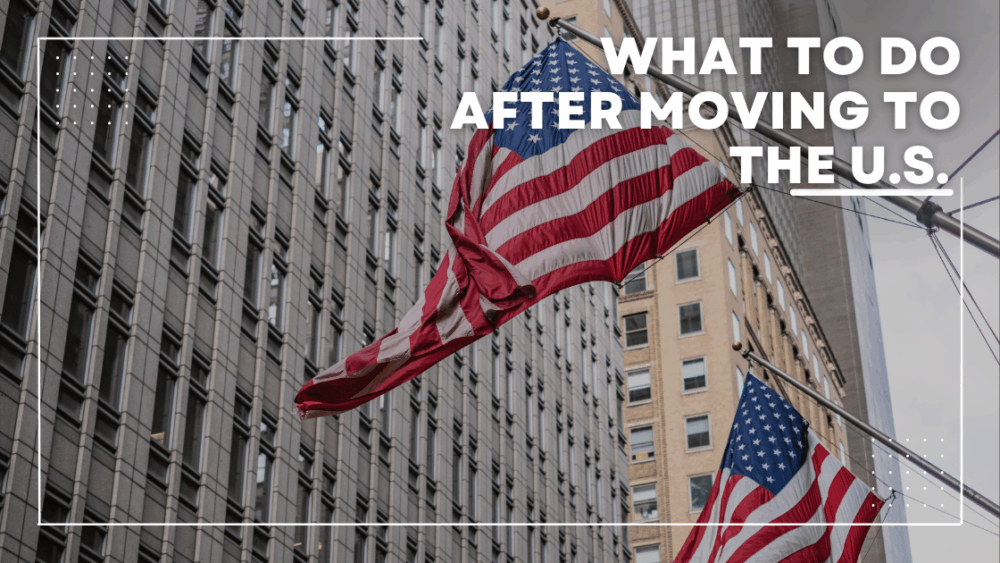Hello everyone! I’m Nami, living in Los Angeles.
Today, I want to share a checklist of things you should do after moving to the U.S., based on my own experience.
To start, I moved to the U.S. on a J-1 visa, so this post focuses on what I did under that status. However, many of these steps also apply to other visa types, so I hope it’s helpful regardless of your situation!
1. Confirm Your Health Insurance
The first thing I did was make sure I had health insurance. In the U.S., this is essential—especially for emergencies.
For J-1 visa holders, insurance that meets specific requirements is mandatory, so be sure to check and complete this process as soon as you arrive.
You can also look into this before leaving your home country. Review the coverage provided by your visa sponsor, and consider supplemental insurance from Japan or a U.S. provider if needed. Personally, I found Japanese travel insurance to be more affordable and comprehensive.
If you’re on a student visa (F-1), your school will likely provide a list of recommended plans. Regardless of the type of school (language school, college, etc.), health insurance is a requirement, so plan accordingly before your move.
2. Set Up Your Phone Plan
A phone plan is critical for staying connected—whether it’s for house hunting, job contacts, or day-to-day communication.
For J-1 and F-1 visa holders, prepaid plans are an easy and flexible option. I use Mint Mobile, a low-cost SIM provider. It costs about $300 per year and offers plenty of data. They also support eSIM, so you can use it alongside your Japanese SIM card if needed.
For long trips, you can switch to a local SIM card, depending on your needs.
3. Apply for a Social Security Number (SSN)
You’ll need an SSN to receive paychecks and open a bank account. It’s a high-priority task.
For J-1 visa holders, you’ll first need to check in with your visa sponsor to activate your visa status. Only after this can you apply for an SSN.
You’ll typically need:
- Original DS-2019 form
- Passport
- Social Security letter from your sponsor
- I-94 arrival record (copy)
Make sure to check the required documents in advance so you can prepare everything smoothly.
4. Find Housing
Without stable housing, many other procedures become difficult. I recommend staying in a hotel or Airbnb at first to get a feel for the area.
When choosing a place, consider:
- Safety
- Proximity to stores and public transport
- Commute time
I used Facebook Marketplace and Roomies to find a place. When visiting, check if there’s a rental contract, how utilities are handled, whether it’s furnished, and if there’s parking.
Personally, I recommend living with roommates rather than with a landlord—it gives you more freedom and comfort.
5. Open a Bank Account
Once you’ve found housing, the next step is opening a bank account. Many banks require proof of address, so it’s best to sort out your housing first.
Recommended banks:
- Chase (easy credit card approval)
- Bank of America
- Wells Fargo (sometimes doesn’t require proof of address, good for newcomers)
6. Buy or Lease a Car (If Needed)
If you’re in a city with limited public transportation, a car may be essential.
You can find vehicles through Facebook Marketplace or used car dealers. Bring someone who understands cars for a test drive. Don’t forget to purchase car insurance once you’ve bought a car.
For short stays, a rental car may be more practical.
7. Get a Driver’s License
Even if you don’t drive daily, a driver’s license is the most convenient form of ID in the U.S. You can apply at your local DMV (Department of Motor Vehicles).
Check what documents are required in your state, and prepare for the written and driving tests. If you get a REAL ID-compliant license, you’ll be able to use it to board domestic flights in the U.S.
These are the concrete steps I took after moving to the U.S. I hope this list helps anyone planning their own journey!
Next time, I’ll go into more detail on a few of these items and share extra tips.
See you again soon!
